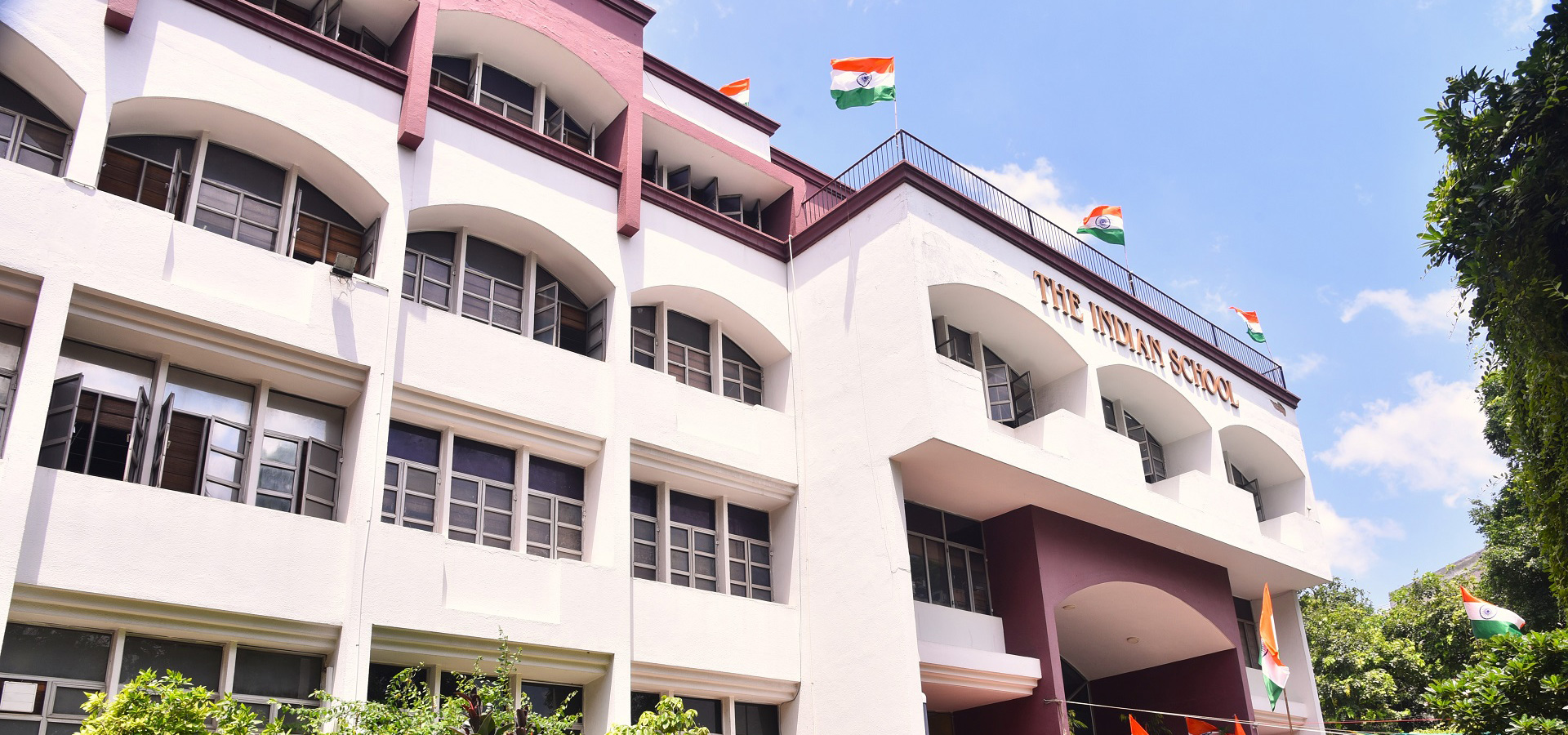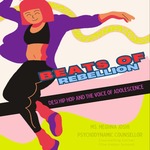Beats of rebellion: Desi Hip Hop and the voice of adolescence
Last year, in the middle of a routine invigilation duty, I was approached by a teacher who looked visibly upset. Her face was a mix of panic and outrage, and for a moment, I thought the worst adolescent behaviour had occurred. I prepared myself for yet another referral form. The "crime" at hand? A student’s tiffin box had been confiscated because it bore disturbing words—words that, in her eyes, were inappropriate.
As a psychologist, I could understand how troubling this must have been for her, but as someone who has long admired Desi Hip Hop and a wide spectrum of music, I recognised the words immediately: they were lyrics from the latest XXXTentacion song. While undeniably harsh and painful, these lyrics resonated with a rawness that spoke to me—this was not simply rebellious defiance, but an expression of anger and pain. It’s easy, in a formal school environment, to simply punish and dismiss such expressions as bad behaviour. But, as Desi Hip Hop’s influence spreads, especially among teens listening to Spotify and other music platforms, it’s essential that we, as adults, attempt to understand the power and appeal of this music before we arrive at a judgment.
Take D (the names have been changed to protect confidentiality)— a senior wing student who had been bullied for years by his peers in his previous school. Instead of expressing his vulnerability, as many boys are conditioned not to, D turned to Desi Hip Hop. We often try to teach gender sensitivity in classrooms and promote emotional expression, but despite all efforts, many boys find it difficult to break free from the deeply ingrained societal belief that emotions—especially vulnerability—are signs of weakness. This isn’t just an issue for boys, though; girls too, increasingly tune into rap by Divine, Honey Singh, and Hanumankind—artists whose words strike a chord with young listeners across the country.
For girls, Desi Hip Hop offers a powerful outlet for defiance and self-expression in a world that often limits their voices. It becomes a space to challenge societal expectations, confront gender stereotypes, and embrace their own strength. Artists like Raja Kumari and Divine provide a soundtrack for young women to reclaim agency, channel frustration, and assert their independence. In these beats and lyrics, girls find not just a reflection of their struggles, but a rallying cry for empowerment, resilience, and unapologetic self-expression. Hip Hop becomes more than music—it’s a declaration of who they are and who they refuse to be.
Music, especially Desi Hip Hop, often offers a space for young people to channel rage, grief, and frustration, emotions that they may otherwise be unable to express. It’s not about glorifying abusive language or encouraging toxic masculinity, but understanding why these young listeners are drawn to these songs.
For D, it wasn’t about embracing an unhealthy culture of aggression or violence, but about finding an outlet for his pain and frustration.
There’s an inherent tension when it comes to aggression in youth culture. On one hand, we are taught to repress it in the name of civility, yet we live in a society that frequently rewards or tolerates aggression, particularly in peer groups. While a teacher might reprimand a group of boys for fighting, the very same aggression may be celebrated in their social circles. Here lies the paradox of adolescence—the tension between what is "right" in the classroom and what is valued in peer groups. For many young boys like D, Hip Hop becomes a vehicle to navigate this complexity.
However, while Desi Hip Hop can serve as a powerful outlet for young people, it’s important to acknowledge the dual nature of its influence. Parents often worry about the explicit language, aggression, and sexism in some of the lyrics, fearing that it might encourage antisocial behaviour. These concerns are valid. But what is often overlooked is the context in which the music is consumed. For teens like D, the rawness of the lyrics may reflect their own frustration or sense of marginalization, and listening to these songs can be a way to express feelings that they might otherwise keep bottled up. While it’s crucial to engage in conversations about the negative aspects of these songs, we must also recognise that music is a form of self-expression and a means of coping. It’s about finding a balance—understanding why they’re drawn to these artists and helping them navigate their emotions in healthy ways.
Historically, Hip Hop has been a tool for political resistance, speaking out against systemic issues like racism, economic inequality, and police brutality. In India, songs like Meri Gully Mein from Gully Boy provide a voice to youth from marginalized backgrounds. This song challenged the idea of success defined by the upper class and instead celebrated the resilience of youth from Mumbai’s slums. Spitfire’s Wo Dekhne Mein does the same, critiquing the superficiality and hypocrisy in society, encouraging listeners to question the status quo. Internationally, Hip Hop artists like Kendrick Lamar and Tupac Shakur have used their music to address issues like racial injustice, police violence, and economic disparities, making the genre a global platform for activism and empowerment.
For D, his connection with Desi Hip Hop wasn’t about glorifying rebellion, but about expressing his journey through the struggles of adolescence. The emotional journey toward adulthood, especially for boys, is often fraught with complexities that go unaddressed in any formal curriculum. While schools may promote non-violence, aggression is often a way to gain respect in peer groups. Here lies the contradiction: education and natural adolescent impulses often create a tension that’s difficult to resolve.
What’s clear is that music, like the songs D listens to, offers a space for young people to express what they might not otherwise be able to. It provides containment for feelings of anger, frustration, or isolation, acting as an emotional ground. Each of us has a relationship with certain songs—they hold memories, they give voice to unspoken emotions, and they help us feel seen and understood. For young people, especially those struggling with bullying or exclusion, music can become a vital tool for emotional survival.
Desi Hip Hop is more than a genre; it’s a reflection of a generation's struggles, a space for self-expression, and a means of empowerment. Instead of dismissing these songs as mere rebellion, we must recognize them as windows into the emotional lives of young people. By fostering understanding and encouraging critical engagement, we can help guide youth toward using music not just as an outlet, but as a way to navigate their complex identities and experiences. Through this, we support their emotional growth and give them the tools to channel their pain and frustration into something constructive, rather than destructive.
Ms. Meghna Joshi
(Psychodynamic Counsellor)















